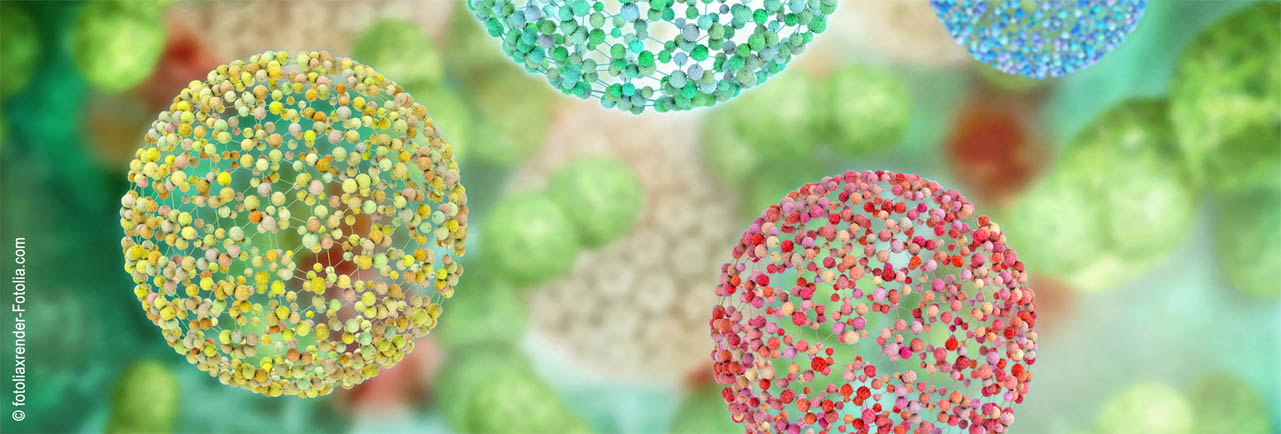Speaker
Description
Dispersions of nanoparticles in adsorbing polymer solution, such as fumed silica colloids in a polyethylene oxide aqueous solution, display a shear thickening response associated with a sol-gel transition [1,2]. This shear-induced transition is governed by the particles' surface coverage by polymer chains and the balance of existing interactions between particle surfaces, solvent, and polymer chains. Under external shear, polymer chains uncoil, yielding particle flocculation by polymer bridging and the formation of a gel [2,3]. While the role of the temperature, pH, or ionic strength on the shear-induced gelation has been extensively characterized [4,5], the impact of shear history and the related “memory effects” on the gel viscoelastic properties remain poorly studied.
In this work, we focus on dispersions of fumed silica nanoparticles with polyacrylamide of high molecular weight in water/glycerol solutions. The mixture displays an apparent shear-thickening transition beyond a critical shear rate. We show that these dispersions exhibit a dual behavior relative to that critical shear rate that coincides with the onset of shear-thickening. Below the critical shear rate, dispersions experience shear-induced gelation. The viscoelastic properties of the resulting gel increase with the strain accumulated, hinting at a structural rearrangement under shear, allowing polymer extension and the formation of interparticle links through polymer bridging. Conversely, the sample is fluidized above the critical shear rate resulting from the breaking of polymer-bridging bonds yielding a liquid-like sample of isolated flocs stabilized by adsorbing polymers. Finally, we show that the shear-induced gelation is reversible and that the sample viscoelastic spectra measured for increasing strains can be rescaled onto a single master curve, which hints at a remarkable strain-connectivity superposition principle for colloid-polymer mixtures.
Further analysis will aim at investigating the microstructural scenario underpinning the shear-induced gelation. We will determine the binding energy between polymers and nanoparticles and characterize the flow profile upon gelation through ultrasonic velocimetry. Finally, we will quantify the structural anisotropy induced by the flow through orthogonal superposition rheometry.
[1] Y. Otsubo, K. Umeya; Rheological Properties of Silica Suspensions in Polyacrylamide Solutions.; Journal of Rheology; 1 April 1984; 28 (2): 95–108
[2] B. Cabane, K. Wong, P. Lindner, F. Lafuma; Shear-induced gelation of colloidal dispersions. Journal of Rheology; 1 May 1997; 41 (3): 531–547.
[3] M. Kamibayashi, H. Ogura, Y. Otsubo; Shear-thickening flow of nanoparticle suspensions flocculated by polymer bridging; Journal of Colloid and Interface Science; 2008; 321 (2): 294-301
[4] Y Otsubo; Effect of Surfactant Adsorption on the Polymer Bridging and Rheological Properties of Suspensions; Langmuir; 1994; 10 (4): 1018-1022
[5] J. Warren, S. Offenberger, H. Toghiani, C. U. Pittman Jr., T. E. Lacy, and S. Kundu; Effect of Temperature on the Shear-Thickening Behavior of Fumed Silica Suspensions; ACS Applied Materials & Interfaces; 2015; 7 (33): 18650-18661

